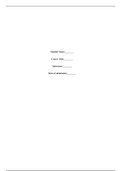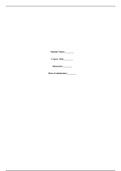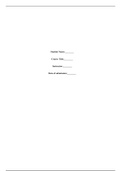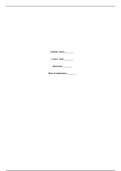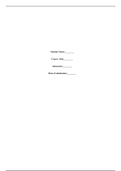Accounting
University of lahore
Page 4 out of 369 results
Sort by
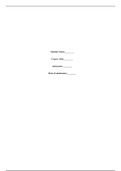
-
14.doc
- Answers • 3 pages • 2020
-
- $4.49
- + learn more
[QUESTION] [Problem 13.4] Two mutually exclusive projects have projected cash flows as follows: a. Determine the internal rate of return for each project. b. Determine the net present value for each project at discount rates of 0, 5, 10, 20, 30, and 35 percent. c. Plot a graph of the net present value of each project at the different discount rates. d. Which project would you select? Why? What assumptions are inherent in your decision?
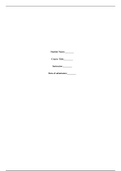
-
17.doc
- Answers • 4 pages • 2020
-
- $4.49
- + learn more
[QUESTION] [Problem 13.7] In Problem 6, suppose that 6 percent inflation in cost savings from labor is expected over the last four years, so that savings in the first year are $20,000, savings in the second year are $21,200, and so forth. a. If the required rate of return is still 15 percent, what is the net present value of the project? Is it acceptable? b. If a working capital requirement of $10,000 were required in addition to the cost of the equipment and this additional investment were need...
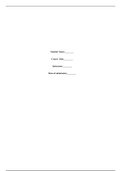
-
18.doc
- Answers • 3 pages • 2020
-
- $4.49
- + learn more
[QUESTION] [Problem 13.8] The Lake Tahow Ski Resort is comparing a half dozen capital improvement projects. It has allocated $1 million for capital budgeting purposes. The following proposals and associated profitability indexes have been determined. The projects themselves are independent of one another. a. If strict capital rationing for only the current period is assumed, which of the investments should be undertaken? (Tip: If you didn’t use up the entire capital budget, try some other co...
[QUESTION] Explain why trade credit from suppliers is a “spontaneous source of funds.”
[QUESTION] Trade credit from suppliers is a very costly source of funds when discounts are lost. Explain why many firms rely on this source of funds to finance their temporary working capital.
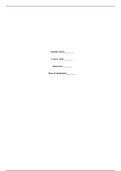
-
3.doc
- Answers • 2 pages • 2020
-
- $7.49
- + learn more
[QUESTION] Stretching payables provides “free” funds to customers for a short period. The supplier, however, can face serious financial problems if all of its customers stretch their accounts. Discuss the nature of the problems the supplier may face, and suggest different approaches to cope with stretching.
[QUESTION] Suppose that a firm elected to tighten its trade credit policy from “2/10, net 90” to “2/10, net 30.” What effect could the firm expect this change to have on its liquidity?
[QUESTION] Why are accrued expenses a more spontaneous source of financing than trade credit from suppliers?
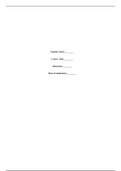
-
10.doc
- Answers • 3 pages • 2020
-
- $4.49
- + learn more
[QUESTION] Some people have suggested combining the payback period (PBP) method with present value analysis to calculate a “discounted” payback period (DPBP). Instead of using cumulative inflows, cumulative present values of inflows (discounted at the cost of capital) are used to see how long it takes to “pay” for a project with discounted cash flows. For a firm not subject to a capital rationing restraint, if an independent project’s “discounted” payback period is less than some m...
[QUESTION] Why is the rate on commercial paper usually less than the prime rate charged by bankers and more than the Treasury bill rate?

How much did you already spend on Stuvia? Imagine there are plenty more of you out there paying for study notes, but this time YOU are the seller. Ka-ching! Discover all about earning on Stuvia

